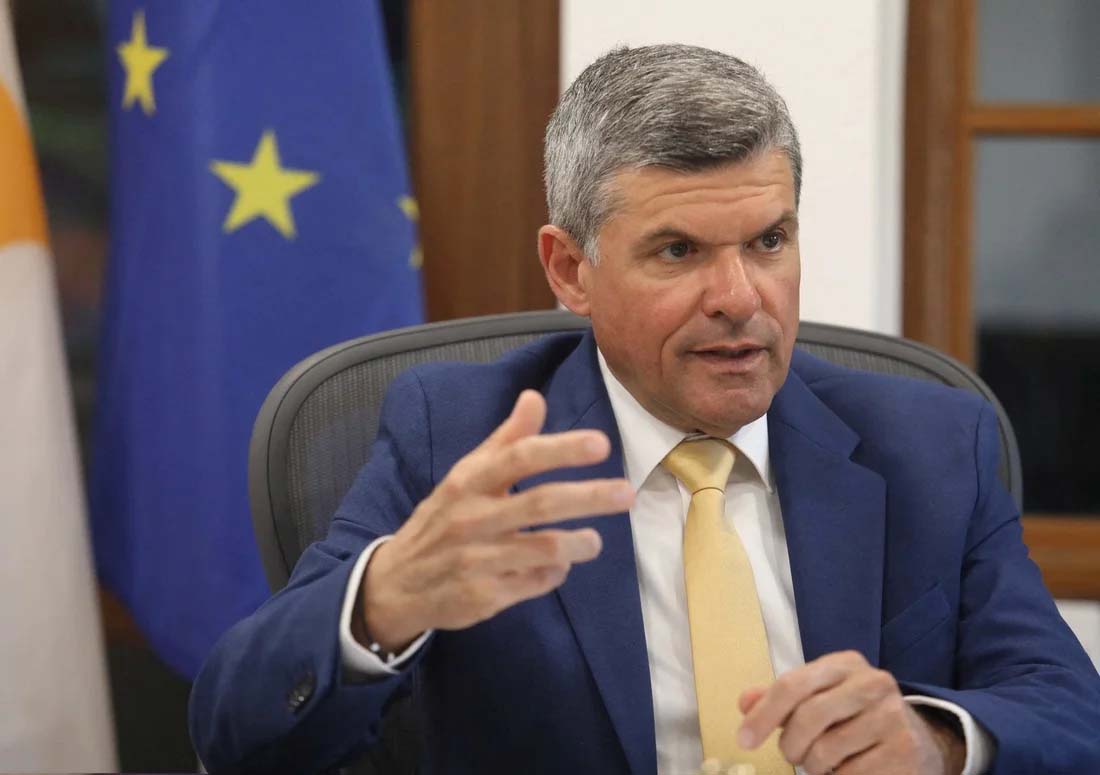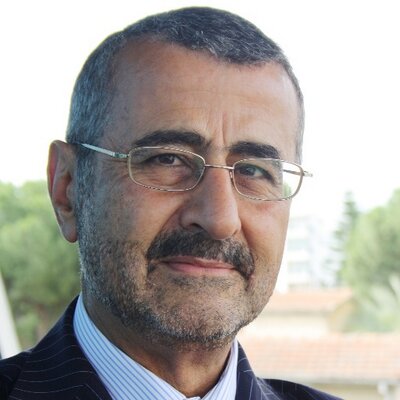Cyprus should follow Malta’s example for purchasing energy
It is now official. The commercial operation of Cyprus’ Competitive Electricity Market commences on September 15, with the first trading day on October 1.
It took an inordinate length of time to get there, but already there are doubts about how appropriate the adopted ‘target model’ is to Cyprus’ conditions. It will be 4.75 years since the first announcement in January 2021 to actual implementation.
In a target electricity market model the price of electricity is determined by the marginal cost of the last power plant needed to meet demand. This means that electricity producers bid into the market, with the cheapest generation sources – in this case renewables – being used first to meet demand. The price is then set by the most expensive unit that must be activated to satisfy the overall demand – in this case conventional power generation plants.
But no sooner was the announcement made by the Cyprus Energy Regulatory Authority (Cera) than the Energy Minister George Papanastasiou expressed concerns over whether it will actually lead to electricity price reductions.
“The ministry will be monitoring its implementation and reserves the right to intervene, should the direction it takes lead to price increases,” he said. Predictably, the Electricity Market Association was not happy with the minister’s comments.
Greece’s electricity market is based on the ‘target model’, like most of continental Europe. But, based on experience so far, Greece has been a vociferous critic of this model, citing concerns about its impact on the Greek electricity market and the potential for it to hinder competition and increase prices, giving credence to Papanastasiou’s concerns.
By definition a competitive market should lead to lower prices. But not necessarily in Cyprus. The cartels that control the island’s renewable energy systems (RES) have been distorting the market, keeping prices and excessive-profits high, despite their very low production costs. The ‘target model’ can be exploited to formalise and perpetuate this distorted process, contrary to the spirit of the new ‘Competitive Electricity Market’, that risks turning out to be anything but competitive. The minister is right to be concerned.
When asked what market model he would prefer, he said “without electrical interconnection, in an energy isolated electricity system I would choose the ‘single-buyer’ model, with arrangements to ensure that the specific buyer-supplier, that would most likely end up to be EAC, does not exploit the model.”
With the challenges the GSI interconnector is facing due to Turkey’s unreasonable demands and intimidation, the project is likely to be delayed. But, in any case, it will not be operational before 2030. Based on what the minister said, if the ‘target model’ prevails over that period, electricity market distortions – and excessive-profits – could persist for at least the next five years.
The ’single-buyer’ is the model being used very successfully in the only European country whose electricity market has similarities to Cyprus: Malta – also a small island state.

The Maltese model
So, what is Malta’s model, how does it operate and what can Cyprus learn from it?
Malta adopted the ‘single-buyer’ model as early as 2004. In this, one entity is the designated buyer, buying energy from independent power producers competing for long-term power purchase agreements. The ‘single-buyer’ is also responsible for securing supply by dispatching all generation assets in real-time at the minimum possible cost.
Malta was granted a derogation in 2019, based on Article 66 of the EU’s Electricity Market Directive 2019/944, on the basis that it is a small market, much the same as Cyprus. This allowed the country to continue operating its closed system with one state-owned entity, Enemalta, handling generation, distribution and supply. Malta is also implementing competitive renewable energy auctions and is applying low energy taxes. It also has energy interconnections to Italy.
Similarly to Cyprus, Malta’s electricity fuel mix is dominated by fossil fuels. The vast difference, though, is that Malta started importing LNG in January 2017. In 2024, 82 per cent of its electricity came from new, efficient, gas-fired plants, with solar power accounting for 16 per cent of its electricity.
As a result, Malta has one of the lowest electricity prices in Europe. According to Eurostat, in 2024 the average Maltese household electricity price was the third cheapest in the EU, at €0,13/kWh, less than half the EU average €0,28/kWh. In contrast, Cyprus had the sixth highest price at €0,32/kWh.
When measured in terms of the purchasing power standard (PPS), which provides a more accurate picture of the financial burden electricity prices place on households, Malta has the lowest electricity price in Europe while Cyprus climbs to second highest.
Undoubtedly, the ‘single-buyer’ model combined with a switch to cheaper natural gas for power generation – resulting in lower emissions and charges – and low taxes have benefited Maltese households and industry immensely.
Cyprus’ electricity market
Cyprus has much to learn from what Malta has achieved. If the new electricity market model does not bring about significant reductions in the price of electricity and in excessive profits from RES, then the single-buyer model should be seriously considered and adopted.
But we cannot afford to wait years to see how this pans out. This must happen as early as next year. In order to be ready, the government must initiate studies now to prepare the ground for changes to the electricity market model should the ‘target model’ prove not to be the best choice for Cyprus, something which is quite likely.
It is unacceptable that renewable electricity that costs 5-7 cents/kWh to produce is charged at just below the cost of conventional electricity, resulting in excessive profits. It is also unacceptable that the government refuses to confront the issue and claw back unreasonable profits.
Implemention of competitive renewable energy auctions – with EAC participation – where the producer declares the price it will charge, as done in most other countries, will result in much lower renewable energy prices to the benefit of consumers.
In parallel, the government should expedite implementation of the changes the electricity system urgently requires. These include completion of the LNG import project at Vasiliko and switch to gas-fired generation by 2026, energy storage and upgrading of the grid infrastructure, supported by pragmatic long-term planning and consistent and transparent policies and practices.
Climate change is bringing about long-term changes to climatic conditions, with higher temperatures, longer and more extreme cold and hot periods and drought. These and technological developments must be reflected in long-term planning. This should also include the impact of increasing renewable energy penetration on the production and pricing of conventional energy that inevitably will be downgraded into a backup role in the longer-term.
The urgency and the goal of any reforms is to ensure that Cyprus’ electricity market becomes truly competitive and prices come substantially down.
Dr Charles Ellinas, @CharlesEllinas, is a councilor for the Atlantic Council







Click here to change your cookie preferences